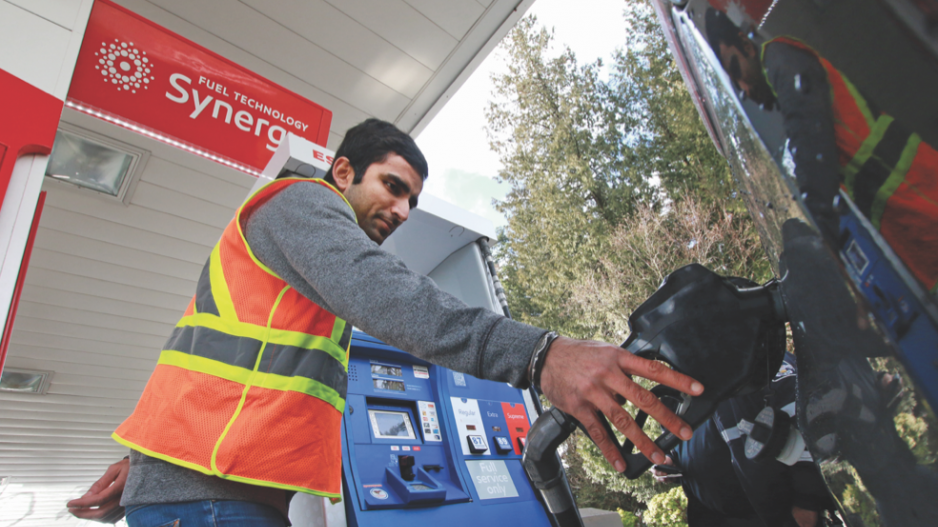The City of Coquitlam’s bylaw restricting retail fuel providers to offer full-service-only gas stations has likely slowed business growth in the municipality, according to a recent Kent Group Ltd. report.
The bylaw, which also restricts the range of non-petroleum goods that can be sold from fuel outlets, was introduced in 1959 to impose a need for a pump attendant and protect other retail merchants from competition.
Commissioned by Chevron Corp. (NYSE:CVX), the Kent Group report revealed that full-serve stations cost more than split- and self-serve stations.
The study, conducted from 2011 to 2016, focused on Lower Mainland retail gas stations and supplemented the data with interviews from fuel site operators and marketers.
The report found that by limiting stations to full-serve, operators have inhibited capital investment and reduced operating hours.
“A lot of consumers think that somehow oil companies are excessively profitable, but, notwithstanding crude oil operations and refining operations, retailers really work on very thin margins,” said Michael Ervin, Kent Group senior vice-president.
“So operating cost effectiveness becomes very important to maintain sustainability of retail operations.”
According to survey respondents, full-service or split-service stations are more expensive to run than self-serve outlets. Additional annual operating costs are estimated to be $230,000 for a 24-hour split-serve outlet and $260,000 for a full-serve outlet.
That represents an added cost of $0.034 to $0.038 per litre for the average station in Coquitlam, which is approximately one-third of the $0.113 per litre average gross retail fuel margin for Vancouver sites.
According to the report, nearly 70% of sites offering split service in the Lower Mainland sold less than 3% of their fuel via full-serve.
Additional full-service costs include higher wages and benefits and training and equipping staff in a high-turnover job.
Full-serve stations have been in decline for years. In 1996, full-serve bays were offered at 61% of Canadian gas stations and accounted for 42% of fuel sold; by 2016 those numbers had dropped to 16% and 9.5%, respectively, according to the Kent survey.
But Ervin believes full service is unlikely to disappear completely.
“Given the demographics in Canada and most developed countries where there is an increasingly higher percentage of aging population, there is always going to be and there always has been a certain number of gas stations that take advantage of that segment of the market,” said Ervin.
Coquitlam and Richmond are the only districts to enforce full-serve-only stations in the Lower Mainland.
“Chevron Canada, on behalf of the other gas stations, has made an application for council’s consideration to amend our current full-serve-only requirements to allow for self-serve,” said George Fujii, director of development services at City of Coquitlam.
“That request is currently being evaluated by staff; we hope to report back to council later this year.”
Richmond Mayor Malcolm Brodie had not received any request from Chevron or the public to change the current practice.
On the retail side, Coquitlam and Richmond gas stations are restricted to selling non-fuel items like non-alcoholic beverages, tobaccos and postal services; stations in other Lower Mainland municipalities can sell what they want.
One Kent study participant said being unable to sell fresh food at fuel sites cut annual revenue by $30,000.




